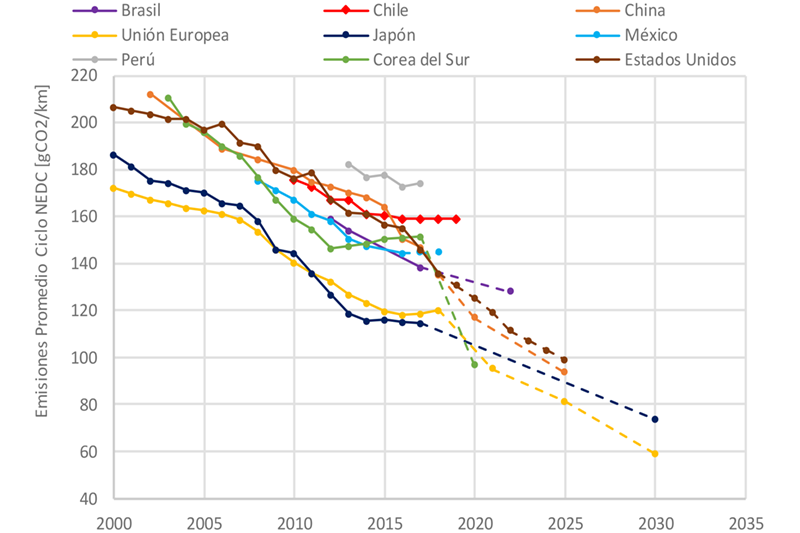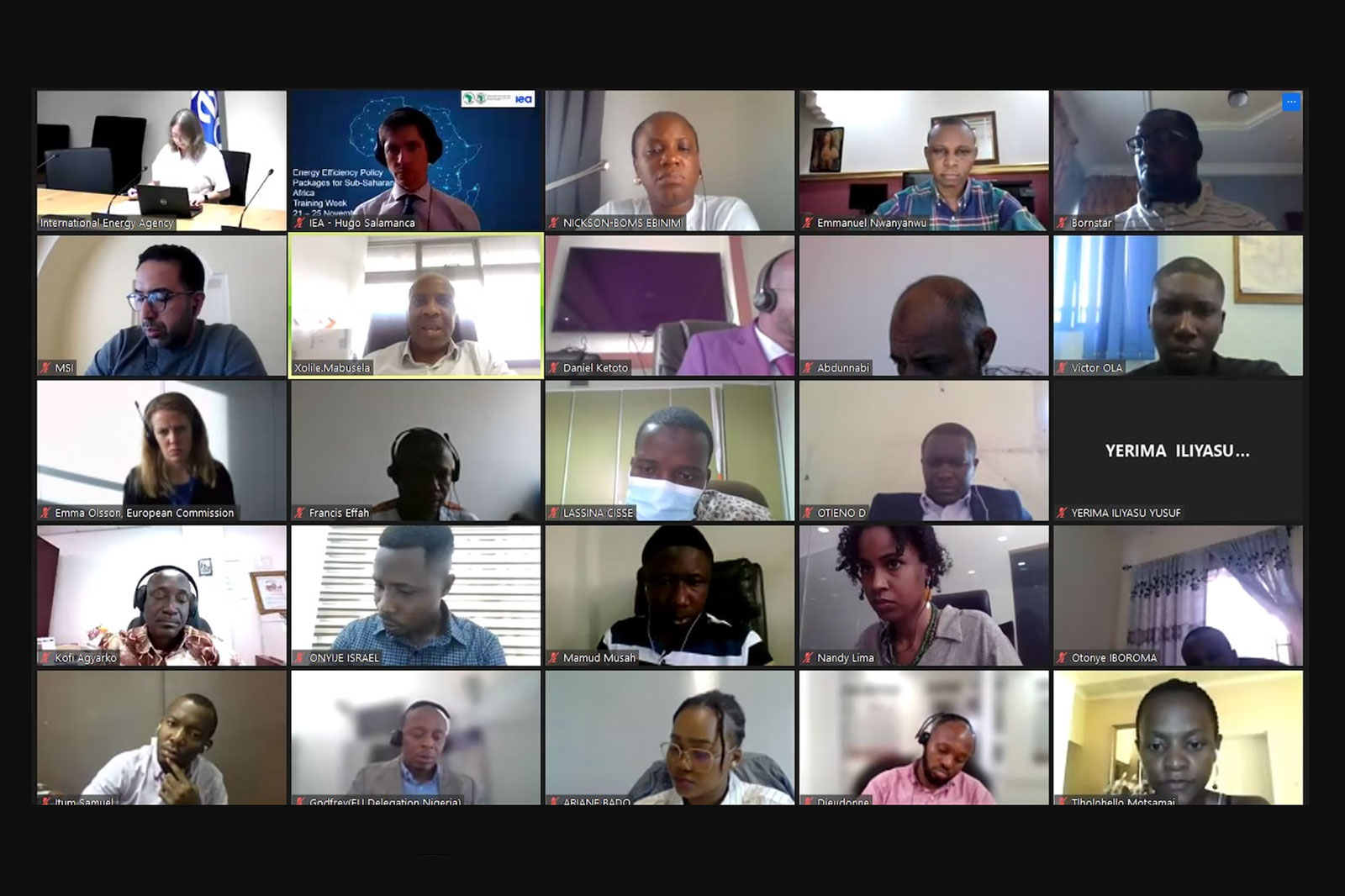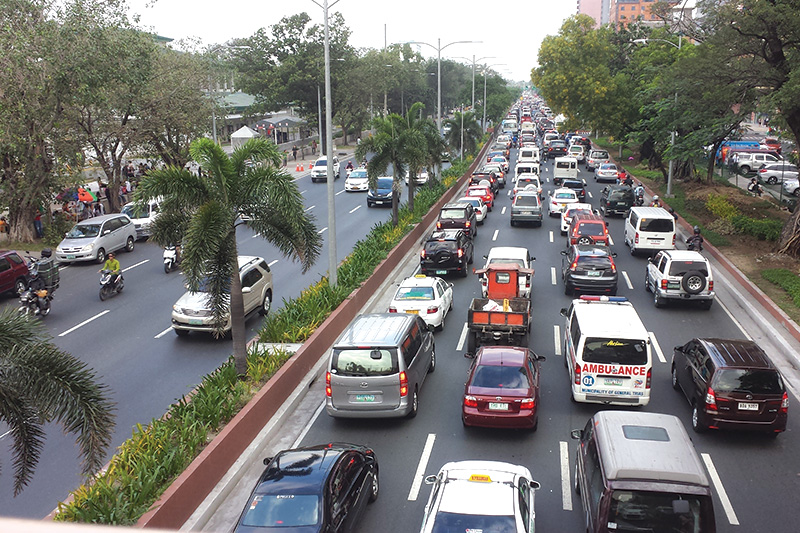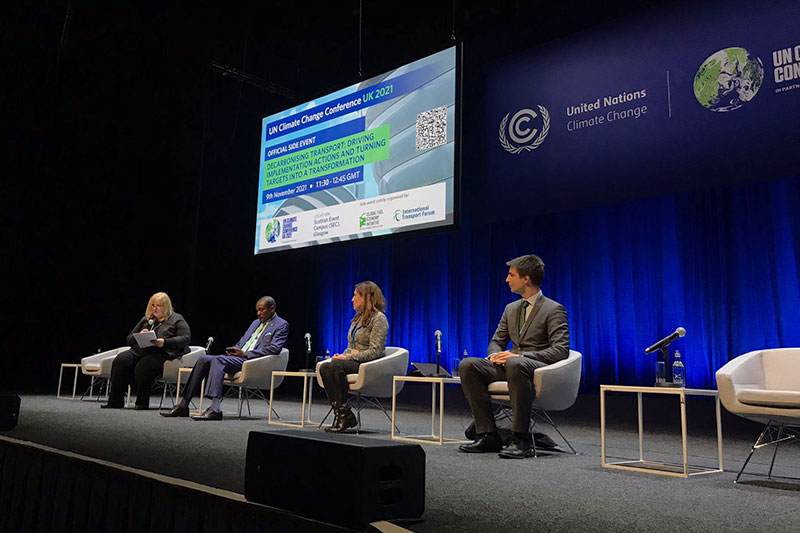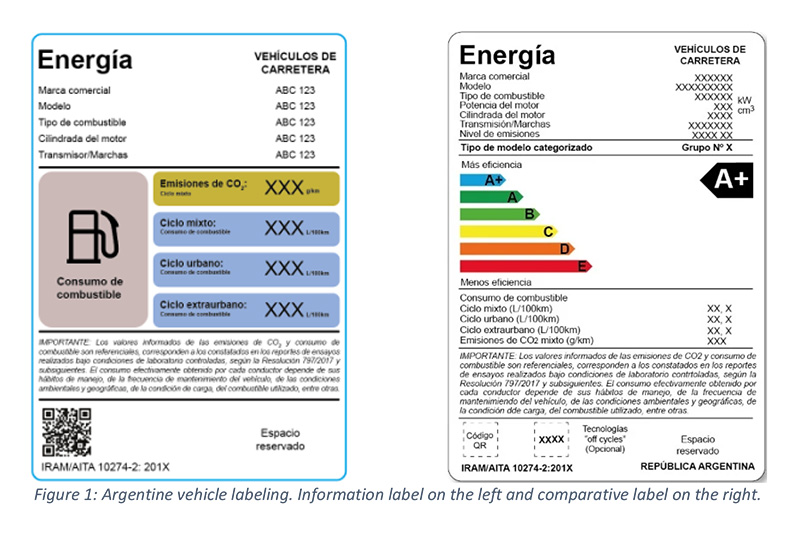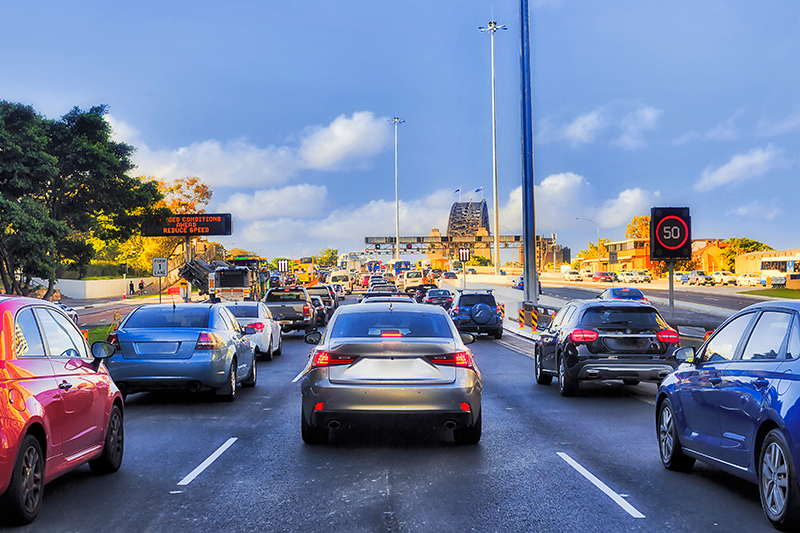Vehicles included in new Chile energy efficiency law

In February 2021, Chile continued its efforts to cut emissions and achieve carbon neutrality by 2050 through the adoption of country’s first Energy Efficiency Law. This follows over a decade of collaboration with the Global Fuel Economy Initiative.
Chile was one of four pilot countries who started working with GFEI in 2009 and completed a baseline analysis of vehicle fuel economy in 2010. As a result, it became the first country in Latin America to adopt fuel economy vehicle labeling in 2013, and subsequently introduced a green tax in 2014, targeting carbon emissions.
The law requires the Ministry of Energy to prepare a national energy efficiency plan every five years. The first plan is required to address the goal of reducing the energy intensity by at least 10% by 2030 compared to 2019 and should lead to cumulative savings of US$15.2 billion and reduce CO2 by 28.6Mt. This is equivalent to avoiding the annual journey of 15.8 million light vehicles or the annual absorption of 1.8 million hectares of native forest (Ministry of Energy).
The main contents of the Article 7 of the Law relate to the Transport sector and include:
Efficiency standards for vehicles
- The Law seeks to promote the renewal of the fleet with more efficient vehicles, with an emphasis on those with electric propulsion.
- The Law mandates the setting of energy efficiency standards for the new vehicle fleet, considering light-, medium- and heavy-duty vehicles. Those responsible for compliance are the importers and representatives of each vehicle brand marketed in Chile.
- The measurement will be in kilometers per liters of gasoline equivalent and its equivalence in grams of CO2 per kilometer will be reported according to their homologation or certification.
- In addition, it generates additional incentives for full electric vehicles, plug-in hybrids and zero emissions by being able to count them up to 3 times to meet the standard.
- Failure to comply will result in fines, linked to the number of vehicles sold and the distance below from the target.
- The established times, from the publication of the Law, for the issuance of the resolution with the definition of the standards are the following:
- Light vehicles: 12 months
- Medium vehicles: 36 months
- Heavy vehicles: 60 months
- Each of the resolutions will enter into force 24 months after its publication in the Official Gazette (as of the publication in the Official Gazette February 13, 2021).
Interoperability for electric vehicles
The Ministry of Energy will regulate the interoperability of the electric vehicle charging system. This, to facilitate the access and connection of electric vehicles to the charging network, allowing a harmonious development, which ensures free access to public chargers.
The interoperability regulation will be issued within a period of twelve months, from the publication of this law.
Accelerated depreciation for electric vehicles
Fully electric vehicles, plug-in hybrids and zero emissions of companies can have accelerated depreciation for a period of ten years following the entry into force of the law (3 years normal useful life and 1 accelerated year).
Hydrogen as fuel
Hydrogen is expressly declared as a fuel and gives the Ministry of Energy powers to regulate it and treat it as an energy resource.
Law 21305 on Energy Efficiency - Minister of Energy (In Spanish)
